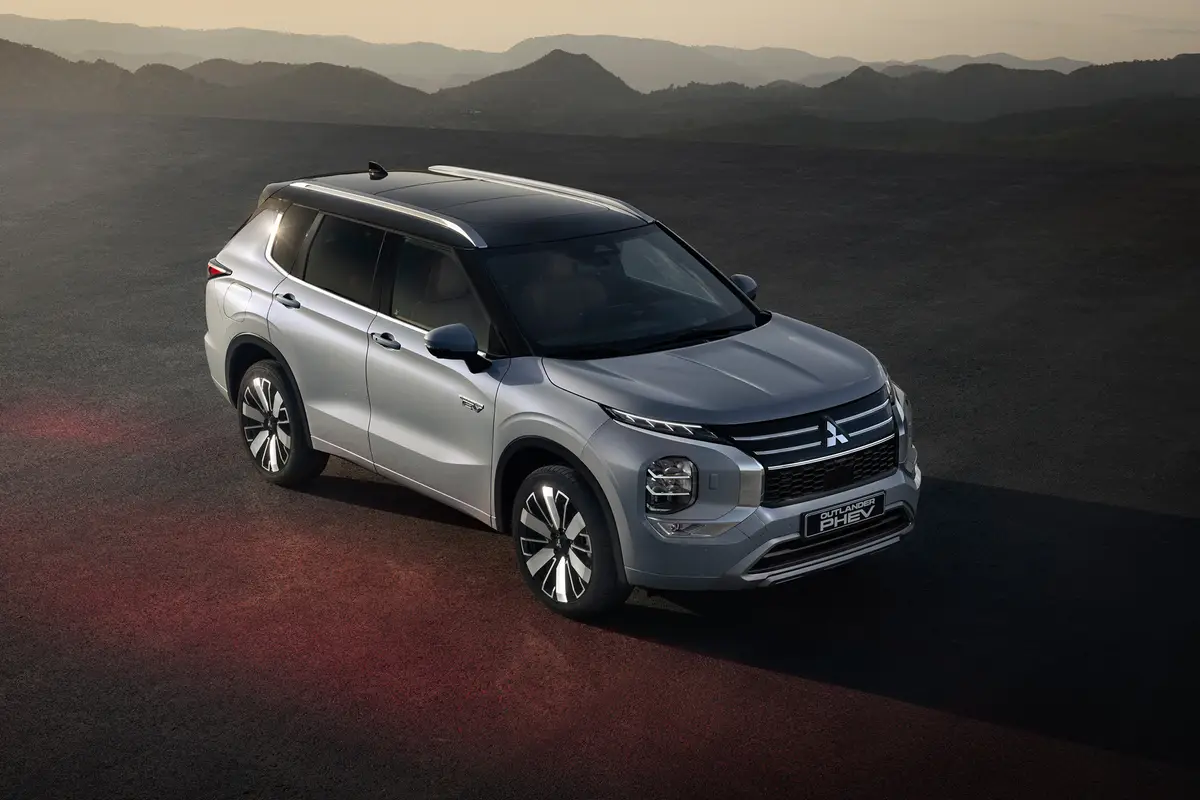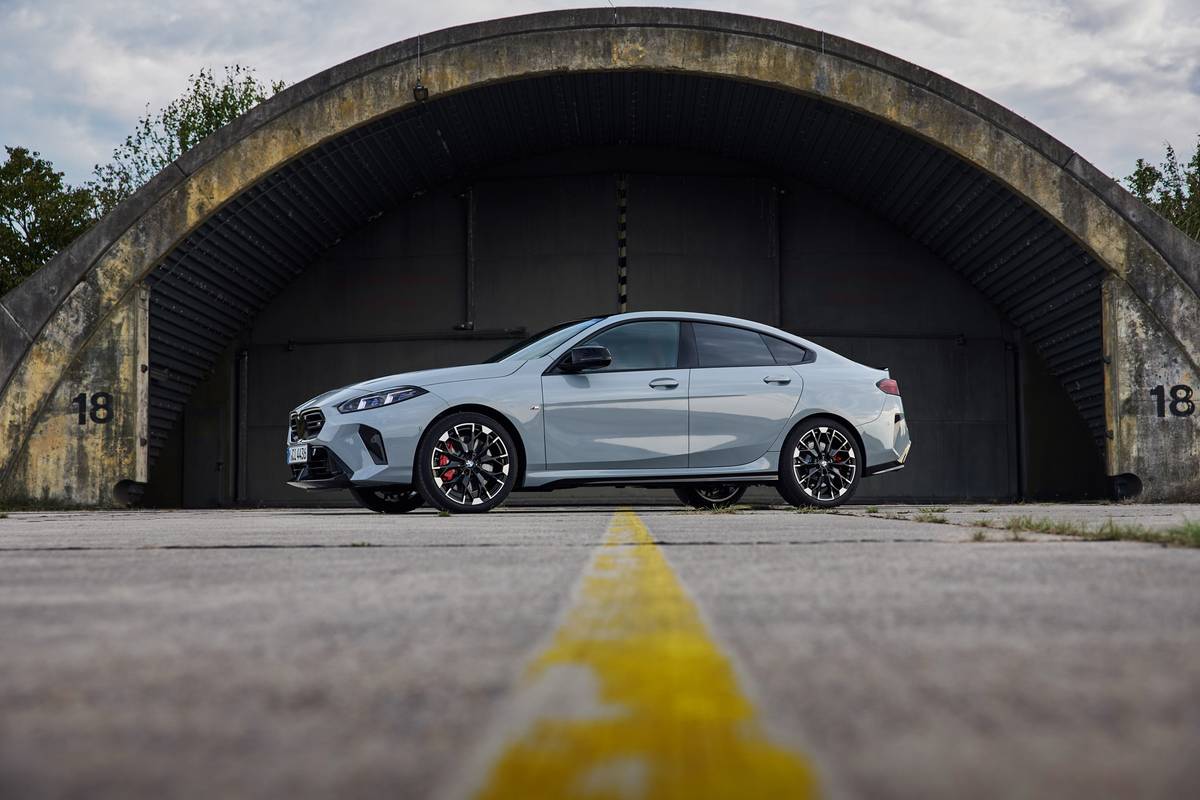chicagotribune.com's view
For the last seven years, the Buick LeSabre has been the top-selling full-size sedan in the industry.
For 2000, Buick is working on extending that streak to eight years with an all-new LeSabre built off a platform shared by the 2000 model Pontiac Bonneville and 2000 model Olds Aurora.
That means the new 2000 LeSabre now in showrooms rests on a 2-inch-longer wheelbase while overall length has been reduced a mere 0.8 of an inch. Wheels have been moved out to the corners to provide 2-inch-wider tracking for better stability.
That means taking corners and turns a little quicker with minimal body lean or sway; tighter, crisper turns and passing and the feeling of more predictable maneuvering and control of the car.
Not that the ’99 LeSabre had a tendency to float, but after getting out of a ’99 and directly into a 2000, we noticed a little better feel for the road and a little more sure-footed response on twisting roads. Also the ’99 was very good, but the 2000 offers a little quicker response to wheel input so that you feel more sure of directional control.
Our test car came with the Gran Touring suspension which tends to turn stiffness up a notch and driveability up several notches. Those accustomed to pampering from a suspension so soft you can drive over railroad track ties without spilling your coffee, may find the 2000 LeSabre too stiff, especially with Gran Touring.
LeSabre’s performance-oriented ride and handling means that a few of those who turn to Lexus, and especially Infiniti, for luxury sedans with civil road manners may now wander into a Buick showroom.
Attracting buyers closer to middle age, rather than retirement age (which has been the mainstay of the division for too many decades) certainly wouldn’t hurt when it comes to LeSabre retaining its title as top-selling full-size sedan for another year.
At first glance, the 2000 LeSabre looks very much like the ’99 version if you focus on the vertical bar grille. On closer inspection, the grille is similar one year to the next, but the 2000 is more rounded and aerodynamic.
Those big, bulky chrome door handles and chrome bodyside moldings have been replaced by flush-mounted and body-colored door handles and body-panel moldings.
The guiding philosophy for 2000 has been: Don’t mess with success, but do improve upon it.
That’s why some things haven’t been changed, such as using the 3.8 liter, 205 h.p. V-6, one of GM’s better engines, with a reputation as both a workhorse and a plaything in providing ample power with minimum noise. At the same time it delivers excellent fuel economy–19 m.p.g. in the city/30 m.p.g. on the highway.
The list of improvements is long, and includes headrests that move forward and align themselves automatically with your noggin, which protects better against whiplash in a rear impact collision; stiffer, more rigid construction to eliminate squeaks and rattles and, at the same time, isolate road noise and harshness from the cab in; and seat belts housed in the seats rather than in the pillars to make them easier to use.
Any time ABS brakes or traction control are activated, the variable-effort power steering system automatically increases steering effort to aid the driver in making an emergency avoidance maneuver.
The traction control uses both engine management and ABS application to help avoid wheel spin on slippery surfaces to keep you in control of the car; door hinges and latches are designed to keep doors closed during an impact, but open after an impact for ease of exit; daytime running lamps automatically switch to full headlamp and taillamp operation at dusk; and door locks automatically engage when the gear lever is moved from park and can be programmed to automatically unlock when you move back into park or to stay locked until you press the button.
If an air bag is deployed, interior lights turn on and doors unlock automatically; sensors in the windshield detect moisture and a utomaticall y activate the wipers when it rains, and when the wipers go on, the headlamps automatically turn on too; and to reduce the chance of injury to shorter drivers who sit close to the wheel hub that houses the air bag, a design change finds the bag set back deeper into the hub.
Also, Buick has raised the threshold speed for bag deployment to 16 m.p.h. from 14 m.p.h. In the event of deployment, any LeSabre equipped with the optional OnStar emergency warning system will be programmed to automatically contact the service to send for medical help.
Limited models come with darker walnut trim and dual climate control settings plus a choice of a front bench or split bench with a center console; two power outlets allow for cell phone and laptop computer usage; while both Custom and Limited feature a rear seat design with more foam cushioning for the center occupant to move his or her shoulders forward so they won’t bump against other riders.
Finally, side impact air bags have been added; luggage capacity has been increased, gauges and mirrors along with dials and control buttons have been made larger; outside mirrors are now the foldaway design; the glove box contains a tissue holder in its lid; the driver’s sunvisor has a slot to hold your most used credit card; cruise control has been moved to the steering column from the dash; battery rundown protection shuts off inside and outside lights left on 10 minutes after the ignition is turned off; doors won’t lock if you exit but leave the key in the ignition; and a new roof channel design directs water away from side windows and mirrors while a rubber seal in the door tops rises when the door is open to prevent water from pouring off the roof onto your head when entering or exiting.
Other noteworthy features include a pull-out tray in the center of the dash, just the right size to store a house key; a trunk release button in the door; a sunroof; radio and temperature controls in the steering column; and a fuel pump schematic that shows which side the fuel filler door is on.
Despite all the goodies, there are some annoyances–some major ones, in fact, including a way-too-massive center console. And when you flip and fold the dual cupholders and phone holder out of that console, the ashtray is totally blocked from view.
Depending on seat and steering column adjustments, you can block the PRNDL in the instrument panel from view; and the inflatable lumbar support irritates more than soothes. And whose idea was it to locate the traction control on/off button in the gear shift lever? When you put pressure on the handle while shifting, you can unknowingly deactivate the traction control unless you spot the “off” warning in small letters in the instrument panel.
And as for that lever, call it a leverette because it may be the smallest gear lever in use today.
The Limited we tested has a $26,695 base price, about $700 higher than a year ago, which sounds high until you reread the list of improvem ents for 2000 and realize how much you are getting for your dough.
Standard features include air conditioning, remote keyless entry, solar-tinted glass, automatic leveling suspension, AM/FM stereo, and a fresh-air filtration system to screen out pollen.
New options for 2000 include a 12-disc CD changer in the trunk.
Buick next month will begin offering Cadillac’s Stabilitrak in the LeSabre as part of an $880 option package that includes a head-up display with speedometer reading in the lower windshield glass, and self-sealing tires. Stabilitrak controls a car’s lateral movement. It employs sensors to activate braking at any wheel that’s wandering sideways to maintain control by keeping the car moving in the direction pointed.
>> 2000 Buick LeSabre Limited Wheelbase: 112.2 inches Length: 200 inches Engine: 3.8-liter, 205-h.p. V-6 Transmission: 4-speed manual Fuel economy : 19 m.p.g. city/30 m.p.g. highway Base price: $26,695 Price as tested: $28,785. Includes $715 for Prestige package with automatic dimming inside mirror with compass, sound-system upgrade with CD/cassette and steering-wheel radio controls, moisture sensing wipers, traction control and power driver/passenger seat recliners; $735 for leather/vinyl seats; $260 for heated front seats/outside mirror; $165 for Gran Touring package with specially tuned suspension, touring tires, aluminum wheels, leather-wrapped steering wheel and variable-effort steering; $145 for driver seat/outside mirror memory control; and $70 for center console with writing surface, cupholders, power outlets and provision for phone and fax. Add $615 for freight. Pluses: Longer wheelbase and wider track for better road manners. Upgrade to four-wheel discs with ABS from discs/drums before. Side air bags standard, traction control optional. Upgraded suspension and steering systems. Minuses: Any chance of downsizing the option list? >>
Latest news



